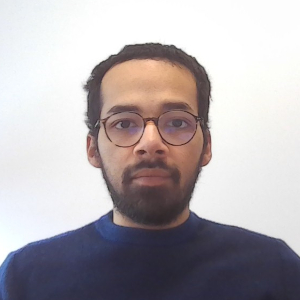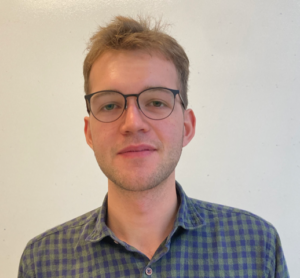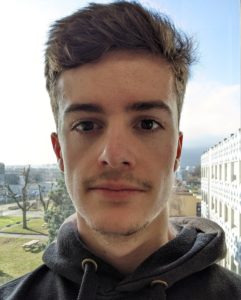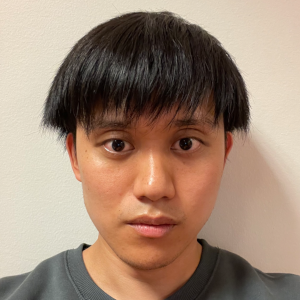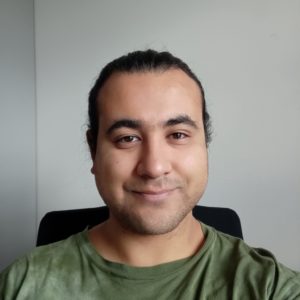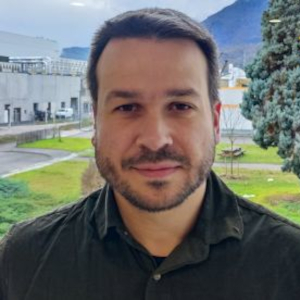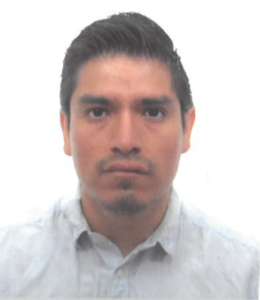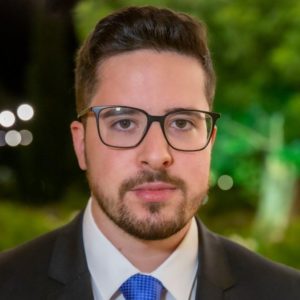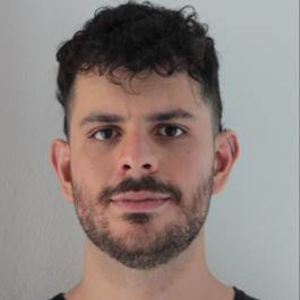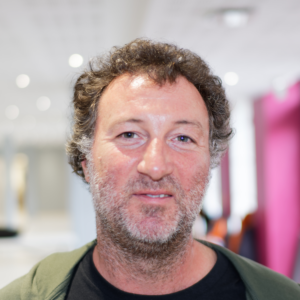Overview
Our team aims at manipulating spins currents in nanostructures, in particular in quantum materials with Dirac fermions, such as topological insulators or Weyl semimetals, or at oxide interfaces. Some important aspects of future spintronics devices, such as the efficient spin-charge interconversion at interfaces or the ballistic transport of spin states for quantum interconnects, are studied by magneto-transport measurements.
Research topics
Spin-Charge interconversion
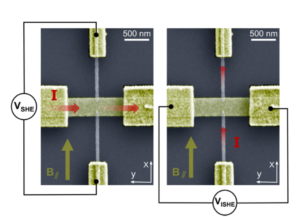
Nanostructure made of a horizontal stripe of spin Hall effect material, with two vertical ferromagnetic electrodes to probe the spin accumulation or to inject spin currents. The nanostructure allows probing both the charge-to-spin (left) and spin-to-charge (right) conversions due to the spin-orbit coupling.
Control of magnetization
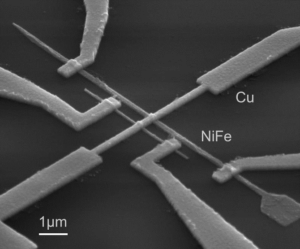
Nanostructure possessing NiFe nanowires, in which magnetic domain walls can propagate. When located at the vicinity of the Cu nanowire, the domain wall can be used to inject or detect pure spin currents.
Ballistic spin currents
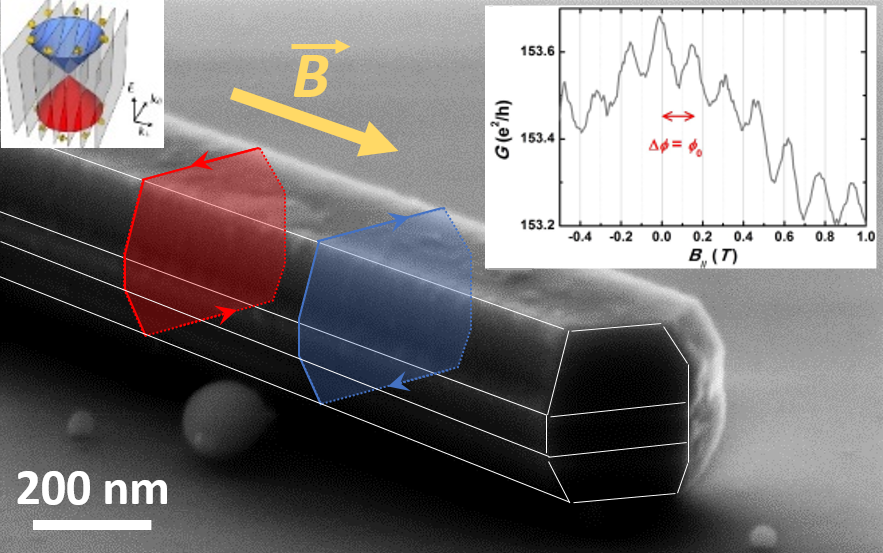
The ballistic surface Dirac fermions in a 3D topological insulator propagate on the cristal faces of a quantum wire. The well-defined cross section gives flux-periodic Aharonov-Bohm oscillations of the resistance, due to quantum interference, for a magnetic induction applied parallel to the nanowire. The spin-helical surface modes offer new possibilities to build quantum spintronics devices of simple geometry, either for dissipationless long-range interconnects or local spin filtering controled by a magnetic field or an electrostatic gate.
The team
Former members
Post-docs
- Yu FU (2015-2016)
- Juan Carlos ROJAS SANCHEZ (2010-2013)
- Yu FU (2015-2016, 2018-2019)
PhDs
- Andrei Mihai (2006-2009)
- Van Dai Nguyen (2009-2012)
- Piotr Laczkowski (2009-2012)
- Williams Savero-Torres (2011-2014)
- Pham Van Tuong (2014–2017)
- Gilles Zhand (2014-2017)
- Toshiki Gushi (2016-2019)
- Paul Noël (2016-2019)
- Aoyu Tan (2018-2021)
- Valentin Labracherie (2017-2021)
- Maxen Cosset-Cheneau (2019-2022)
- Sambit Ghosh (2019-2022)
Internships
- Williams Savero-Torres (2011)
- Gilles Zahnd (2014)
- Paul Noël (2016)
- Maxen Cosset-Cheneau (2018)
- Timothé Faivre (2009)
- Hélène Durand (2005)
- Andrei Mihai (2006)
- Carl Naylor (2011)
- Quentin Thiburce (2013)
- Clément Nguyen (2013)
- Sarah Ferry (2009)
- Cédric Mannequin (2008)
- Quentin Riffard (2010)
- Willy Lim (2016)
- Matthieu Praquin (2018)
- Marie-Paule Okinda (2020)
Visitors
- Sara Varotto (2019-2020)
Projects
- ANR Contrabass (2020-2023)
- ITN H2020 Spears (2021-2024)
- ANR Oiso (2017-2021)
- ISP Idex UGA DOMINO (2018-2021)
- FET Proactive H2020 Tocha (2019-2023)
- IRS Idex UGA (2017-2020)
Partners
- Tsukuba University (Japan)
- Unité mixte de Physique CNRS/Thalès (Orsay)
- Néel Institute (Grenoble)
- Leti (Grenoble)
- Institut Jean Lamour (Nancy)
- Leibniz Institute IFW (Dresden)
- Technical University (Dresden)
Recent news
- Bilinear magnetoresistance in HgTe topological insulator (December 05th, 2022)

Y. Fu, J. Li, J. Papin, P. Noël, S. Teresi, M. Cosset-Chéneau, C. Grezes, T. Guillet, C. Thomas, Y.-M. Niquet, P. Ballet, T. Meunier, J.-P. Attané, A. Fert, and L. Vila, Nano Lett. 22, 7867 ... - Masters thesis projects for Spring 2023 (September 21st, 2022)

You find here the list of proposals for Master-2 internships to take place at Spintec during Spring 2023. In most cases, these internships are intended to be suitable for a longer-term PhD work. Interested Master-1 ... - R&D Engineer position proposal (September 12th, 2022)

Title: Design for memory/logic devices Keywords: Design, post-CMOS electronics, spintronics, architectures, ferroelectrics, magneto-electric spin-orbit Summary:Spintronics devices involve ferromagnetic elements with high switching energies. Contrastingly, the polarization of ferroelectrics can be easily switched by an electric field, at ... - Post-doctoral position: development of hybrid ferroelectric-spintronics memories and post-CMOS devices (September 08th, 2022)

Keywords: Microelectronics, spintronics, ferroelectrics, Fe-RAM, Fe-FET, Design, post-CMOS electronics Summary: Spintronics devices involve ferromagnetic elements with high switching energies. Contrastingly, the polarization of ferroelectrics can be easily switched by an electric field, at energies typically 1000 ... - PEPR SPIN – Priority Programs and Equipment for Exploratory Research (July 29th, 2022)

France is investing more than 38M€ in Spintronics thanks to the PEPR-SPIN exploratory program! SPIN is among the 13 new exploratory programs winners of the second wave of calls for projects Priority Programs and ...



